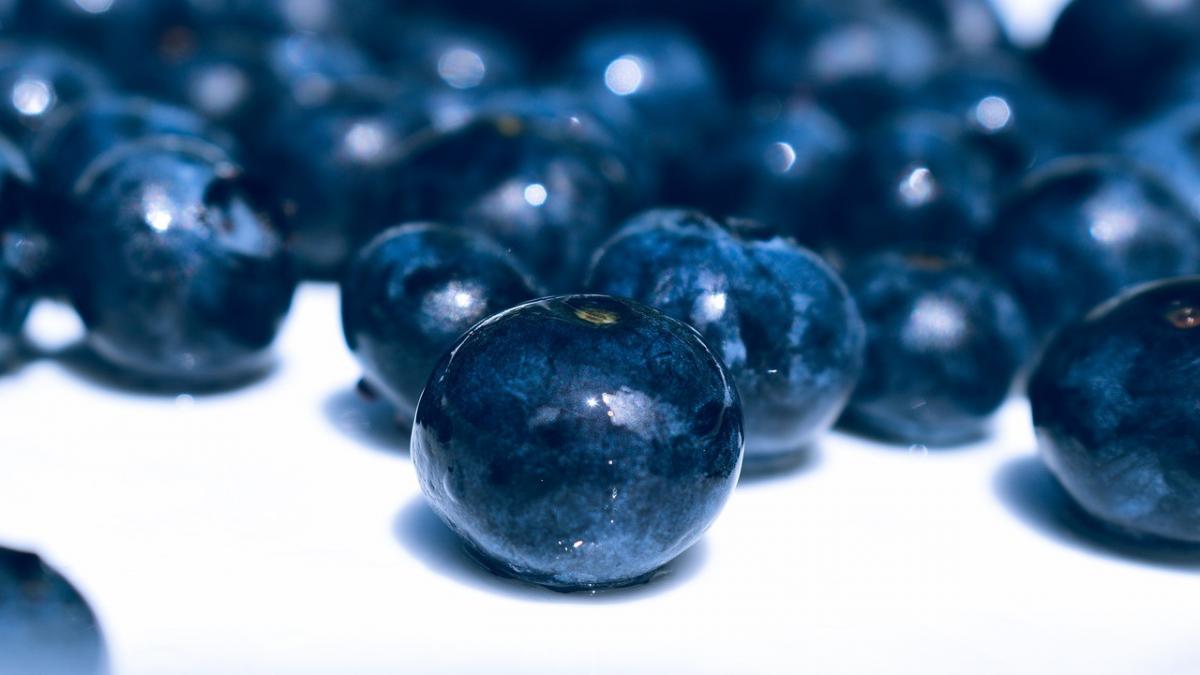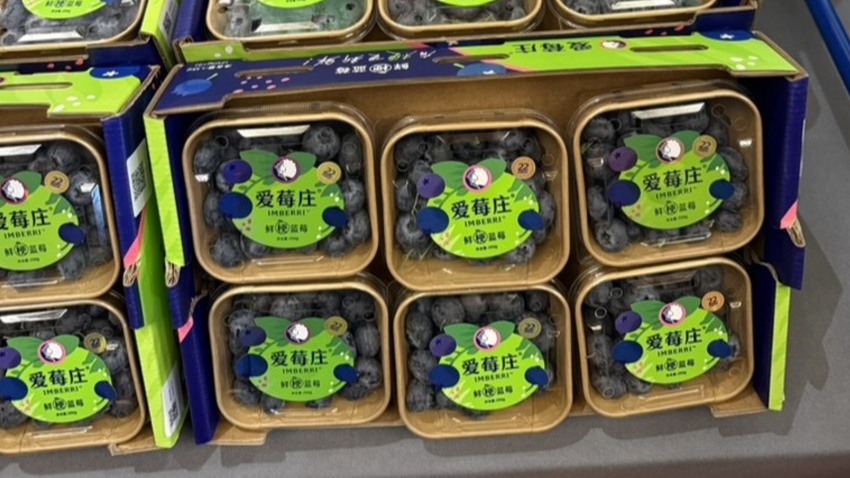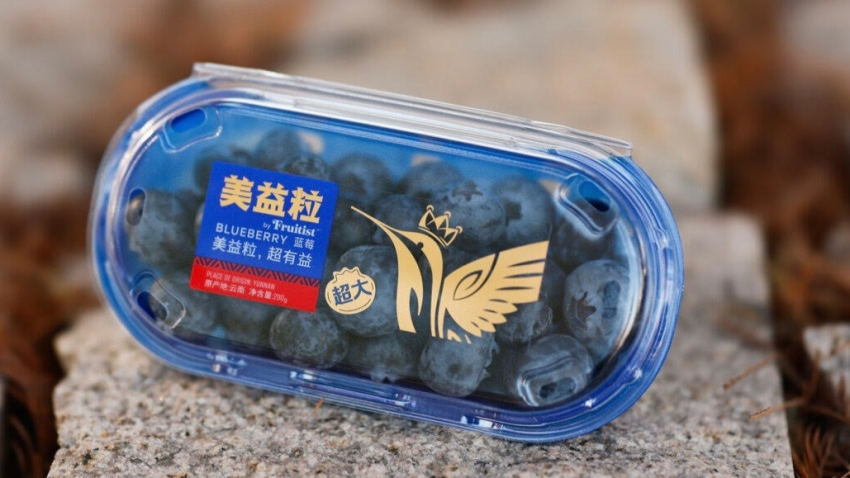You are here
Back to topGuizhou’s Blueberry Sector Targeting Fresh Fruit Market

China’s domestic blueberry industry has been developing rapidly over the last few years. Until recently, blueberries from Northeast China dominated the market, but they have now been overtaken by those from Yunnan province. However, many people are unaware that Guizhou province is actually China’s predominant blueberry-producing region in terms of both cultivation area and output, with a supply season that lasts from April through late July.
According to industry data, Guizhou had approximately 70 counties across nine cities and prefectures engaged in blueberry production in 2023, with a cultivation area of over 15,300 hectares and an annual output exceeding 100,000 metric tons, both figures ranking first in China.
The primary strength of Guizhou’s blueberry sector is its scale — a large production volume and a vast cultivation area — but it is not competitive. Fresh blueberries from Guizhou are rarely seen on the market and often sell for just 10–12 Chinese yuan ($1.38–1.66) per kilogram. By contrast, prices for Yunnan blueberries typically start at a minimum of 60 yuan ($8.29) per kilogram.
The significant price difference between the two provinces is mainly attributable to the fact that nearly all Yunnan blueberries are sold as fresh fruit, whereas most Guizhou blueberries are used as raw materials for processed products such as frozen blueberries. Frozen blueberries in Guizhou are typically divided into three grades. This year, prices for grade A+ frozen blueberries stand at approximately 12,800 yuan ($1,767) per metric ton, with grade A and grade B fruit selling for 11,500 yuan ($1,588) and 10,200 yuan ($1,408) per metric ton, respectively.
Majiang County is the core blueberry production region in Guizhou as well as one of the main blueberry production regions in China. Approximately 70% of the blueberries harvested in the county are used for processing. With assistance from the Institute of Botany of the Chinese Academy of Sciences, Majiang began large-scale blueberry cultivation in the 1990s. By 2009, the county had introduced 35 blueberry varieties, including rabbiteye and northern highbush blueberries, among which 14 were identified as suitable for growing in the region. Since then, Majiang’s blueberry industry has undergone rapid development. At present, the blueberry cultivation area in the county exceeds 5,300 hectares, with a fruit-bearing area of approximately 4,500 hectares. In 2023, Majiang produced 38,900 metric tons of blueberries, generating a value of 720 million yuan ($99.4 million).
In recent years, alongside the continuous expansion of the traditional processing industry, efforts have also been made to promote the fresh consumption of Guizhou blueberries. To ensure fruit freshness, the Majiang County Blueberry Trading Center has constructed 40 cold storage facilities with a total capacity of about 1,500 metric tons. These facilities can handle a daily incoming volume of around 35 metric tons. Meanwhile, the industry has been attempting to develop the Guizhou blueberry brand, with “Majiang Blueberries” and “Ziyun Blueberries” now recognized as protected geographical indication products. Moreover, in Guizhou’s Majiang and Huangping counties, the cultivation area for organically certified blueberries has now surpassed 730 hectares, accounting for 61% of China’s total.
Image: Pixabay
This article was translated from Chinese. Read the original article.















Add new comment